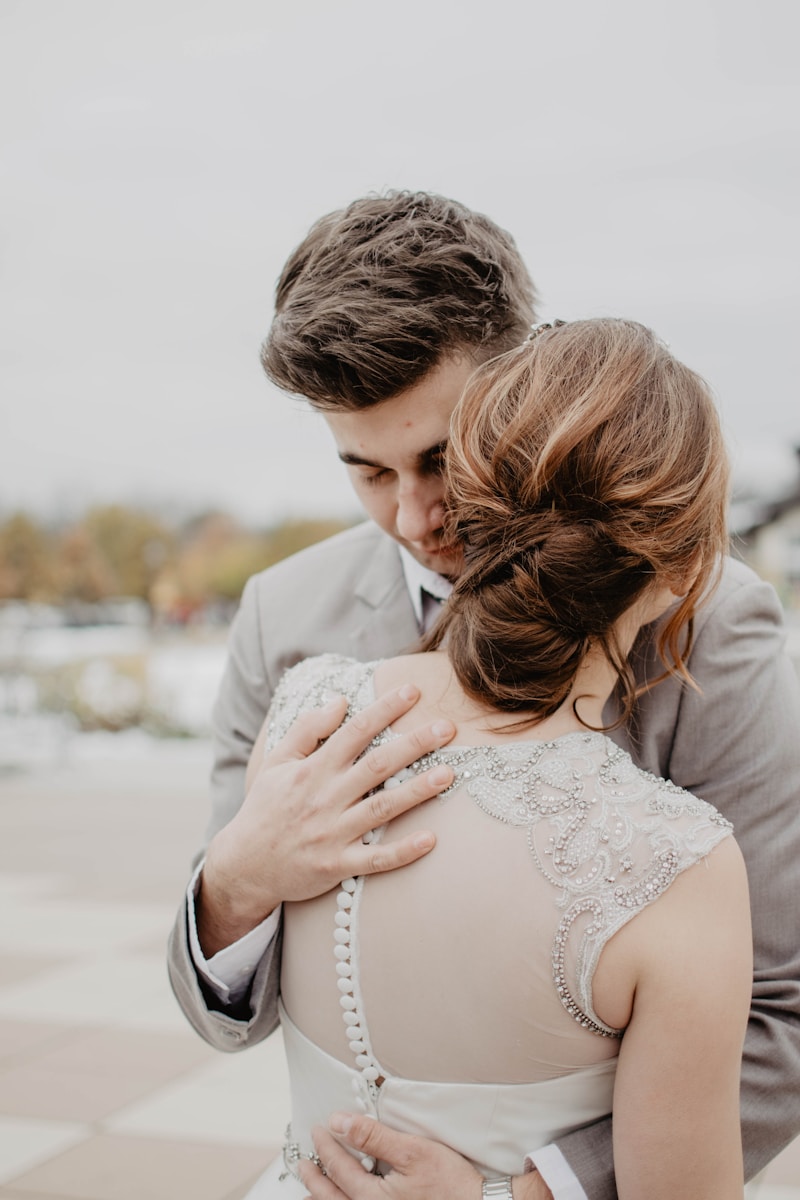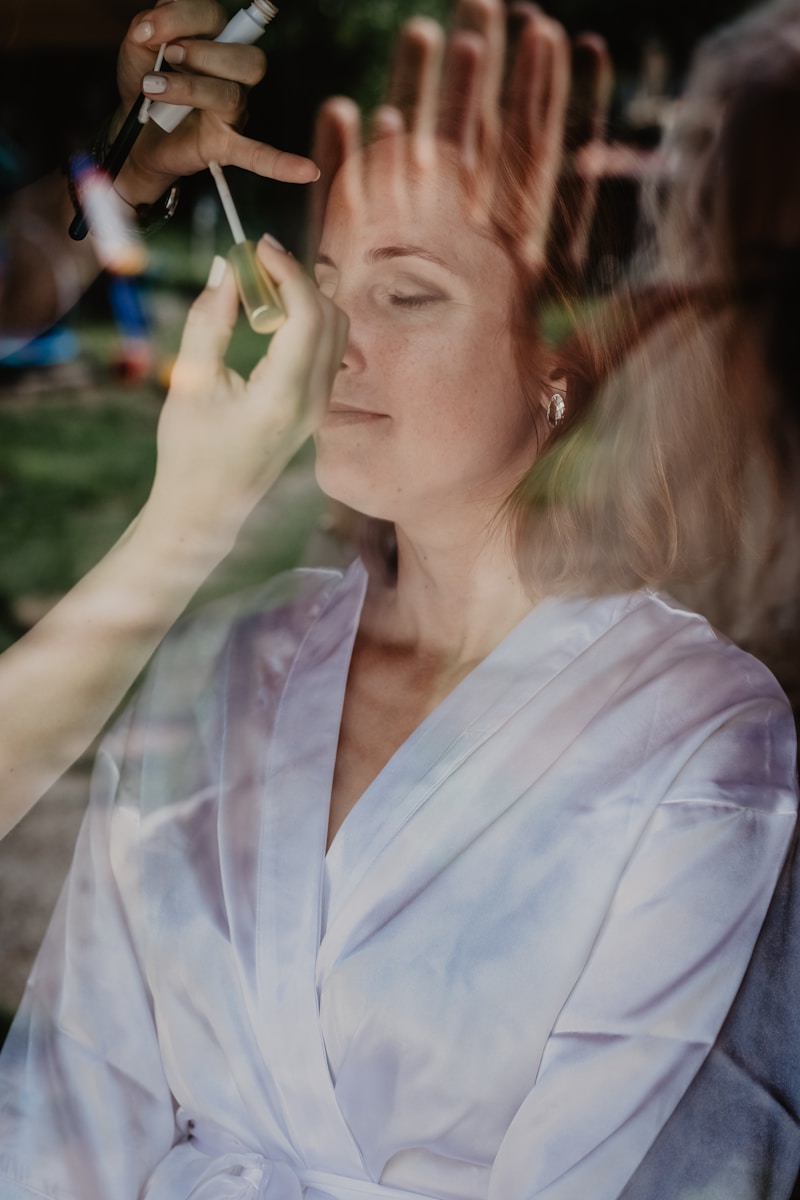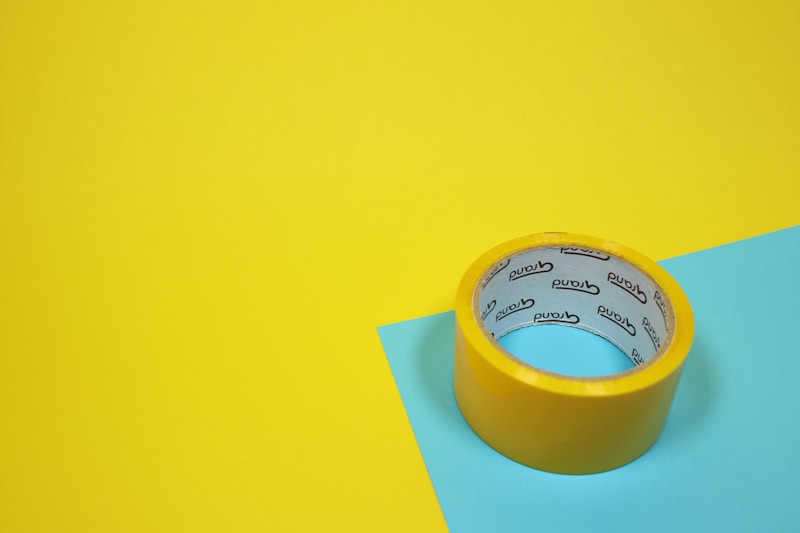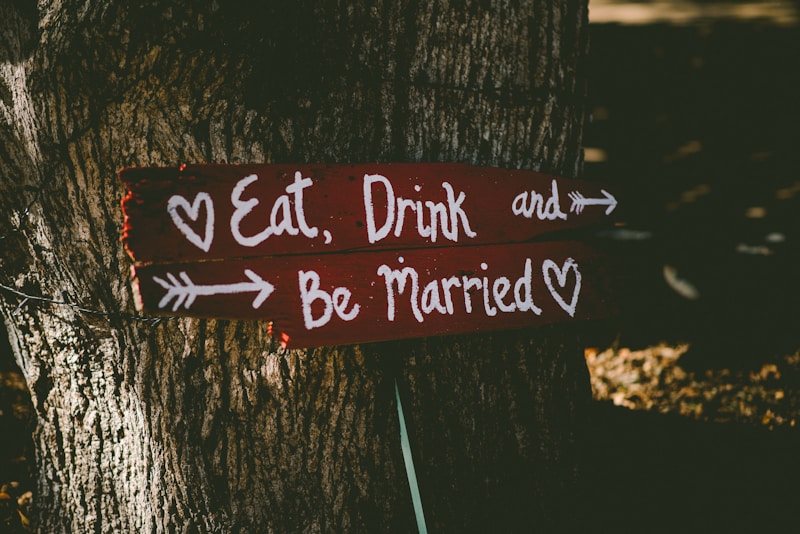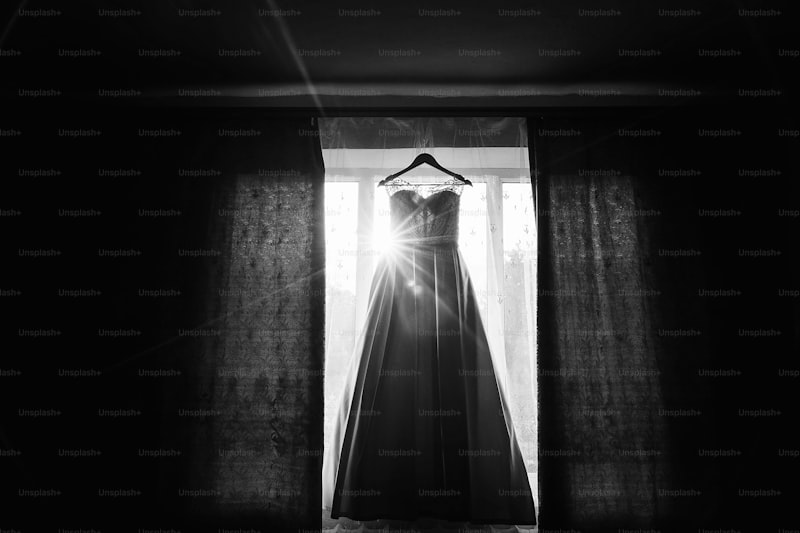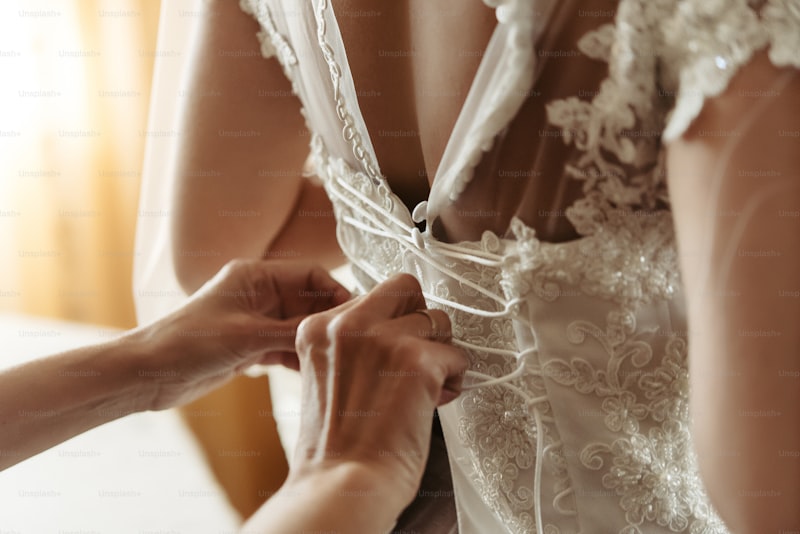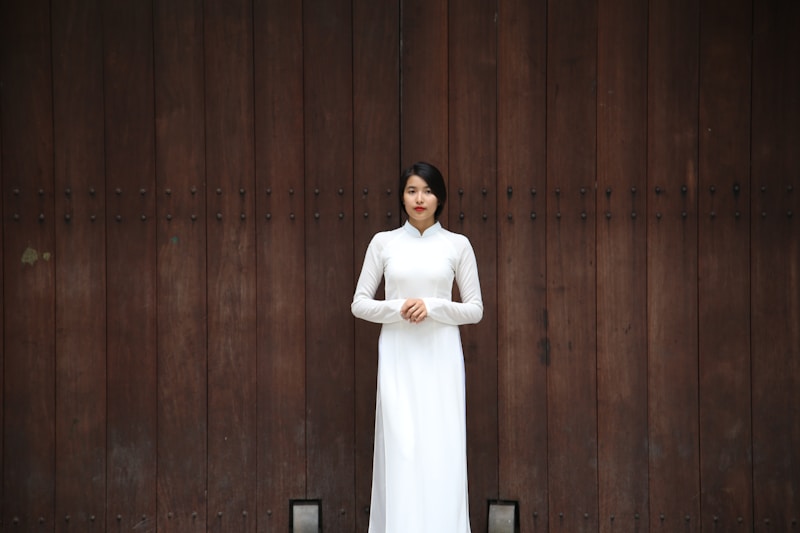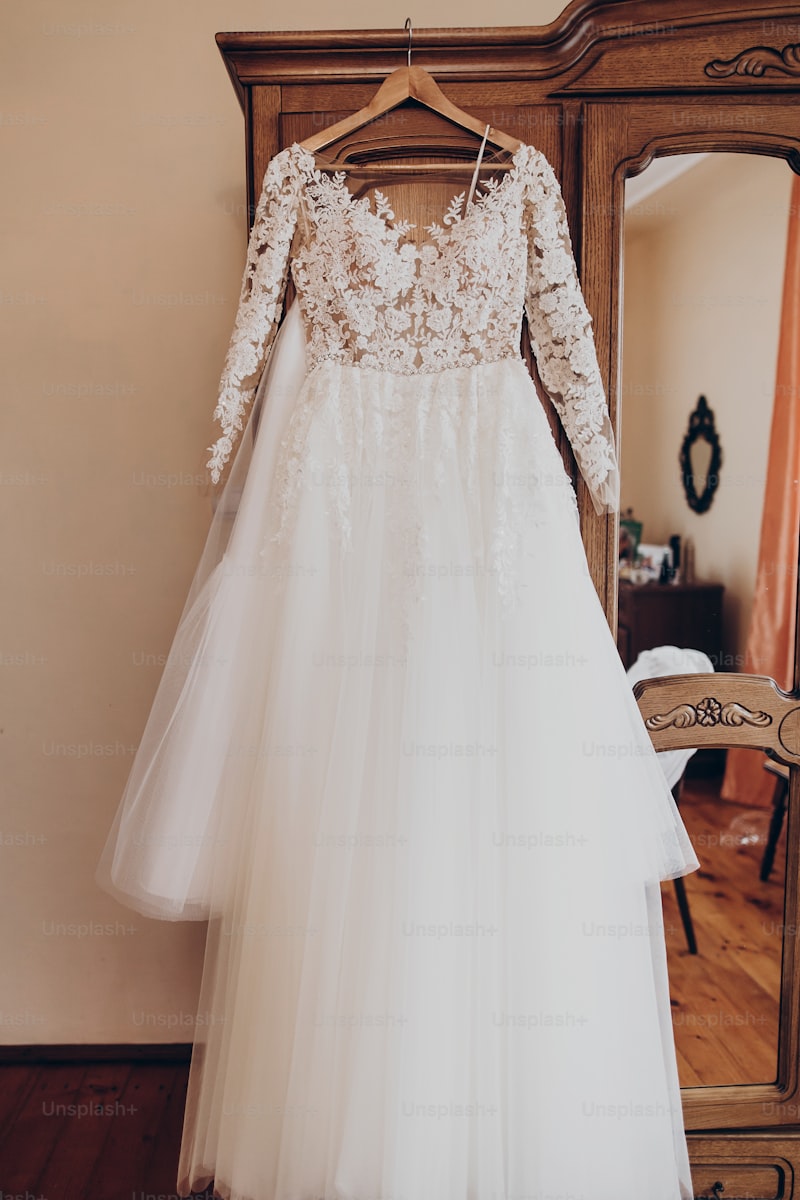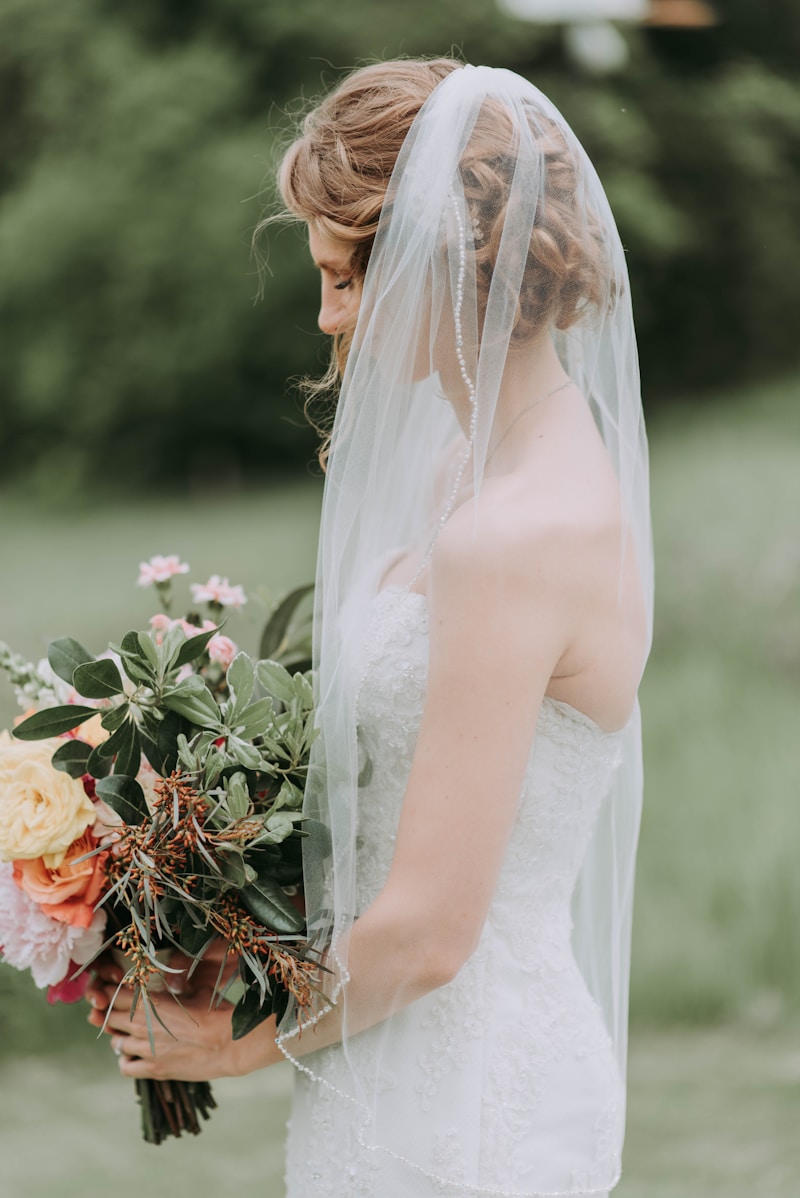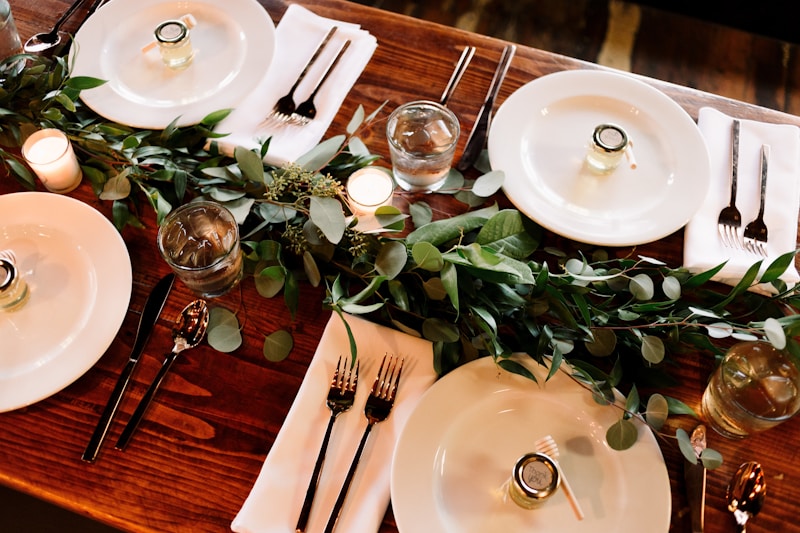Understanding Bridal Size Differences Across Designers: A Comprehensive Guide
When it comes to finding the perfect wedding dress, brides often encounter a bewildering array of sizes that vary greatly from one designer to another. This phenomenon, known as 'Bridal Size Differences Across Designers,' can lead to confusion and frustration during what should be an exciting time. In this article, we will explore the factors contributing to these differences, offer tips for brides-to-be, and provide important considerations when navigating this multifaceted landscape. The Reality of Bridal Sizing Bridal sizing can often feel like a conundrum. Many brides assume that their dress size will remain consistent across different designers, but this is rarely the case. In fact, the wedding dress industry has its own unique sizing system, which is influenced by several factors, including: 1. Design Aesthetic Different designers often have distinct philosophies and aesthetics that dictate their sizing choices. Some designers create dresses that are fitted closely to the body, favoring a more tailored look, while others opt for more fluid designs that may allow for extra room. 2. Target Demographics A designer's target clientele plays a significant role in determining size charts. Some brands cater to curvy figures, offering inclusivity, while others may focus on a standard size range. This results in a variance that can confuse brides trying to select a size based on their usual measurements. 3. Fabric and Construction The type of fabric and construction method can a...
How to Accurately Measure Yourself for a Wedding Dress: A Comprehensive Guide
Choosing the perfect wedding dress is one of the most significant steps in planning your special day. A beautiful gown enhances your appearance and boosts your confidence, ensuring that you look your best as you walk down the aisle. However, to achieve that perfect fit, it is crucial to measure yourself accurately for your wedding dress. In this article, we will guide you through the process of measuring yourself for a wedding dress effectively, providing valuable tips and tricks along the way.Why Accurate Measurements MatterWhen it comes to wedding dresses, even the slightest variation in measurement can significantly affect the fit and overall look. An ill-fitting gown can lead to discomfort and compromise your confidence. Therefore, measuring yourself accurately is crucial. Additionally, wedding dresses often require alterations, and having the correct measurements can make the alteration process easier and more effective.What You Will NeedBefore you begin measuring, gather the following items:A full-length mirror to check the fit.A soft measuring tape for accurate measurements.A notebook and pen to record your measurements.A friend or family member to assist if possible (although you can measure yourself).Key Measurements to TakeWhen measuring for a wedding dress, there are several key areas where you will need to take measurements. Below is a list of these crucial measurements:MeasurementDescriptionBustMeasure around the fullest part of your bust, ensuring the measuring ...
Deciphering Bridal Size Labels: A Comprehensive Guide for the Perfect Fit
Finding the perfect bridal gown is a magical experience, but navigating the perplexing world of bridal size labels can be daunting. Many brides-to-be often face confusion when trying to understand the sizing assigned to various dresses, especially when labels differ between designers and regions. This article aims to provide an in-depth understanding of bridal size labels and help you confidently choose your dream dress.Understanding Bridal Sizing: A Closer LookThe first step in deciphering bridal size labels is to understand that they vary significantly from standard clothing sizes. Unlike typical clothing that follows a consistent size chart (XS, S, M, L), bridal sizes often reflect a size that is one to two sizes larger than street sizes. For instance, if you usually wear a size 8 in streetwear, you might find yourself trying on a size 10 or 12 in bridal gowns. This discrepancy can lead to confusion, especially for first-time brides.Bridal Size Charts: What You Need to KnowEvery designer may have its unique size chart, complicating the process further. Below is a typical bridal size chart to give you a general idea, but remember to check specific measurements before making a decision:Bridal SizeUS SizeUK SizeEU SizeBust (inches)Waist (inches)Hip (inches)2043432-3323-2434-354263633-3424-2535-366483834-3525-2636-3786104035-3626-2737-38108124236-3727-2838-391210144437-3828-2939-40Why Is There a Difference in Sizes?Understanding the reasons behind the differences in sizes can ...
Ultimate Guide to Wedding Dress Size Conversion Charts
Understanding Wedding Dress Size Conversion ChartsPlanning a wedding can be one of the most exciting yet overwhelming experiences in one's life, especially when it comes to selecting the perfect wedding dress. One of the most challenging aspects is ensuring that you understand the size of the dress you need, especially with varying sizing standards around the world. This is where wedding dress size conversion charts come in handy. In this article, we will explore the importance of these charts and how they can help brides make informed decisions.Why Are Wedding Dress Size Conversion Charts Important?Wedding dresses are available in different sizes based on various international sizing standards. The primary reason for using wedding dress size conversion charts is to ensure that you choose the correct size regardless of where the dress is purchased. A size 8 in the United States might translate into a size 12 in the United Kingdom, making it crucial to have accurate information at your fingertips.The Variations in Wedding Dress SizingWedding dress sizing can vary greatly based on the designer, the style of the dress, and even the country it comes from. Here are some common sizing standards you might encounter:CountryUS SizeUK SizeEU SizeAU SizeUS8124012UK610388EU10144214AU8124012Understanding these differences can significantly affect the dress fitting process, making it easier for brides to shop online or internationally.How to Use Wedding Dress Size Conversion ChartsUsing a ...
Finding Your Ideal Bridal Size: The Ultimate Guide for Every Bride
IntroductionChoosing a wedding dress is one of the most exciting parts of wedding planning. However, the journey to finding your ideal bridal size can be daunting. With bridal sizing often differing from standard clothing sizes, many brides struggle to determine which size will fit them best. In this guide, we will help you navigate the world of bridal sizing so that you can find the perfect gown for your big day.Understanding Bridal SizingBridal sizes can be quite different from the sizes you typically wear in everyday clothing. Most bridal shops use a unique sizing chart which includes more specific measurements rather than a general size number. For example, a woman who wears a size 8 in regular clothing might need a size 10 in bridal wear. This discrepancy is primarily due to the design and structure of bridal gowns, which often require more fabric and different fitting techniques.Measuring Yourself for Bridal SizeBefore stepping into a bridal shop, it's essential to know your measurements. Here’s a comprehensive guide to measuring yourself: Bust: Measure around the fullest part of your bust with the measuring tape parallel to the ground. Waist: Measure around the smallest part of your waist, usually just above your belly button. Hips: Measure around the widest part of your hips, keeping the tape parallel to the ground. Height: Stand against a wall and measure from the top of your head to the floor. Don’t forget to wear shoes similar to those you plan to wear ...
Bridal Size FAQs: Your Ultimate Guide to Finding the Perfect Fit for Your Special Day
Understanding Bridal SizesWhen it comes to planning a wedding, every detail matters, and one of the most important aspects is finding the perfect bridal gown. However, bridal sizing can often be confusing for brides-to-be. In this comprehensive guide, we’ll address the most common questions regarding bridal sizes, ensuring you have all the information you need to make an informed decision for your big day. Below, we will dive deeper into the Bridal Size FAQs to alleviate any concerns as you embark on this amazing journey.What Are Bridal Sizes?Bridal sizes are not the same as regular clothing sizes. They typically run differently, often being one to two sizes larger than your everyday wear. This variation can be attributed to the unique construction of bridal gowns, which are designed to fit the specific body type of the bride. Understanding this discrepancy is crucial if you want to find a dress that fits perfectly.Common Bridal Size QuestionsQuestionAnswerDo bridal sizes run small?Yes, bridal sizes often run smaller than regular clothing sizes, so be prepared to try on larger sizes than what you typically wear.How can I determine my bridal size?The best way is to get measured by a professional. Measurements typically include bust, waist, and hips.What if my measurements fall between two sizes?If you fall between sizes, it’s recommended to choose the larger size. Adjustments can be made later on during fittings.Are bridal size charts universal?No, sizing can vary by designer....
Essential Guide to Alterations for Wedding Dress Fitting
Wedding dress shopping can be one of the most exciting experiences for brides-to-be, but it often comes with a crucial but sometimes overlooked aspect: alterations for wedding dress fitting. This process is essential to ensure that the gown fits perfectly and makes the bride feel confident on her special day. In this article, we will explore the importance of wedding dress alterations, what to expect during the fitting process, common alterations needed, and valuable tips for brides as they navigate this vital step.The Importance of AlterationsWhen a bride chooses her dream wedding dress, it may not fit perfectly right off the rack. Various factors come into play, such as sizing differences among designers, the bride's unique body shape, and the style of the dress itself. This is where alterations become essential.Why are Alterations Necessary?Ensures a Perfect Fit: Alterations help achieve a streamlined, flattering silhouette.Enhances Comfort: A well-fitted dress is not only visually appealing but also comfortable to wear throughout the day.Polishes the Look: Fine-tuning the gown can elevate its overall appearance, creating a more elegant and sophisticated look.What to Expect During the Fitting ProcessBrides may feel nervous about the fitting process, especially if they are unsure about what to expect. Here is a comprehensive breakdown of the fitting process:1. Choosing an Alterations SpecialistIt is crucial to select a skilled alterations professional. Look for recommendati...
Understanding Bridal Body Shapes and Size Charts: A Comprehensive Guide
Introduction to Bridal Body ShapesThe journey to finding the perfect wedding dress is one of the most exciting, yet sometimes overwhelming, aspects of planning a wedding. One of the key factors that play a significant role in this process is understanding the various bridal body shapes and using size charts effectively. This guide aims to illuminate the different body shapes brides may identify with, alongside essential size charts, helping make the gown selection process effortless and rewarding.Bridal Body Shapes: An OverviewBrides come in all shapes and sizes, and understanding your body shape is the first step towards selecting the perfect gown. Below, we will discuss the most common bridal body shapes: Body Shape Description Recommended Styles A-Line Wider hips and a narrower bust. A-line, empire waist, and ball gown. Hourglass Balanced bust and hip measurements with a defined waist. Mermaid, fitted sheath, and waist-cinching styles. Rectangle Similar measurements for bust, waist, and hips. A-line, empire waist, and layered designs. Pear Narrow shoulders and wider hips. Ball gown, A-line, and off-the-shoulder styles. Inverted Triangle Wider shoulders and bust with narrower hips. A-line, pleated skirts, and fitted bodices. Apple Broader shoulders and fullness in the bust and waist. Empire waist, A-line, and shift styles. Understanding Size ChartsNow that you've identified your body shape, it's crucial to understand how size charts work. B...
Selecting the Right Size for Plus-Size Brides: A Complete Guide
Choosing the right size for a plus-size bride is a critical step in the wedding planning process. Not only does the right fit enhance comfort on one of the most important days of her life, but it also boosts confidence and allows her to feel beautiful. In this comprehensive guide, we will explore various aspects that plus-size brides should consider when selecting the right size for their wedding dress, including measurements, styles, designers, and tips for finding the perfect fit.Understanding Plus-Size MeasurementsBefore diving into selecting a wedding gown, it’s important for plus-size brides to understand body measurements. The term “plus size” typically refers to sizes 14 and above, but this can vary by designer. Each designer often has unique sizing charts, which can lead to confusion when shopping for dresses. To effectively choose a size, brides should take accurate measurements of the following:MeasurementDescriptionChest/BustMeasure around the fullest part of the bust.WaistMeasure around the natural waistline, typically where the body bends.HipsMeasure around the fullest part of the hips.LengthFrom the top of the shoulder, measure down to the desired length of the dress.Having these measurements on hand will help brides compare them to sizing charts provided by designers, ensuring they select the most suitable size. Styles That Flatter Plus-Size FiguresChoosing a style that flatters a plus-size figure is essential. Here are some popular styles that can enhance curv...
Understanding Size Inclusivity in Bridal Wear: Embracing Diversity in Wedding Fashion
The wedding industry has long been an arena where tradition meets personal expression. However, when it comes to bridal wear, many brides have voiced a need for change, especially regarding size inclusivity. This article delves deep into understanding size inclusivity in bridal wear, the challenges brides face, and the steps being taken to create a more inclusive environment for all women preparing for one of the most significant days of their lives. The Importance of Size Inclusivity in Bridal Wear Size inclusivity refers to the practice of designing and producing garments in a wide range of sizes, ensuring that women of all body types can find attire that fits and flatters. In the context of bridal wear, this means that the choices available to brides should reflect diverse body types, from petite to plus-size. When brides feel represented, it can significantly enhance their wedding experience, making them feel beautiful and confident. Bridal Wear: A Market Analysis The bridal wear industry has historically catered predominantly to a specific body type, often sidelining those who do not fit into that mold. This exclusion can lead to feelings of inadequacy or frustration among brides. As consumer awareness around size inclusivity grows, brands are recognizing the need to evolve. Key StatisticsInsights 70% of womenAre size 14 or larger 4 out of 5 womenReported dissatisfaction with bridal sizing options This gapHighlights the need for change in bridal fashion Ch...
Essential Tips for First-Time Wedding Dress Shoppers: A Complete Guide
As a bride-to-be, shopping for your wedding dress can be both an exciting and overwhelming experience. With so many styles, fabrics, and designers to choose from, it’s easy to feel lost in the sea of options. This article offers essential tips for first-time wedding dress shoppers, ensuring you have a wonderful, stress-free experience as you prepare for your big day.Understanding Your StyleWhen starting your search for the perfect wedding dress, it’s crucial to understand your personal style. Consider the following ideas to help define what you want:Inspiration Boards: Create a Pinterest board with styles you love. Search using keywords like "boho wedding dress," "classic bridal gown," or "modern wedding attire" to gather ideas.Identifying Your Venue: The type of venue can greatly influence your dress choice. Will it be a beach wedding, a rustic barn, or an elegant ballroom?Body Shape Awareness: Understand which silhouettes flatter your shape. From A-line to mermaid, every cut offers a different aesthetic.Popular Wedding Dress StylesStyleDescriptionBest ForA-LineFitted at the bodice and flows down to the ground, resembling the letter "A".All body typesBall GownFeatures a fitted bodice and a full skirt, ideal for a fairy-tale look.Petite or curvy bridesMermaidHugs the body and flares out at or below the knees.Hourglass figuresSheathFollows the body's natural shape from top to bottom.Lean or athletic figuresSetting Your BudgetEstablishing a budget is crucial before you set foot...
Bridal Size Considerations for Destination Weddings: A Comprehensive Guide
Understanding Bridal Size Considerations for Destination WeddingsPlanning a destination wedding can be an exciting yet challenging experience, and one of the pivotal aspects involved is ensuring that the bride feels confident and beautiful in her wedding attire. One significant consideration is the bridal size, which can vary based on various factors including location, climate, and personal preference. In this article, we’ll explore essential bridal size considerations for destination weddings and offer insightful tips to help brides choose the perfect gown.The Importance of Size in Wedding AttireWhen it comes to wedding attire, size matters more than just the numbers on a tag. The right fit can influence a bride’s comfort, confidence, and overall appearance on what is likely to be one of the most photographed days of her life. For destination weddings, the selection of the dress should take into account several specific factors.Factors Influencing Bridal Size at Destination WeddingsHere are some key factors that can affect bridal size considerations for destination weddings:FactorImpact on SizeClimateDifferent climates call for different materials and fits. For warm, tropical locations, lighter fabrics that allow for breathability are essential, while cooler climates may allow for layering and heavier fabrics.Travel ConcernsTraveling with formal attire can result in unexpected size discrepancies. Consideration should be given to how the dress will be packed and what alterat...
